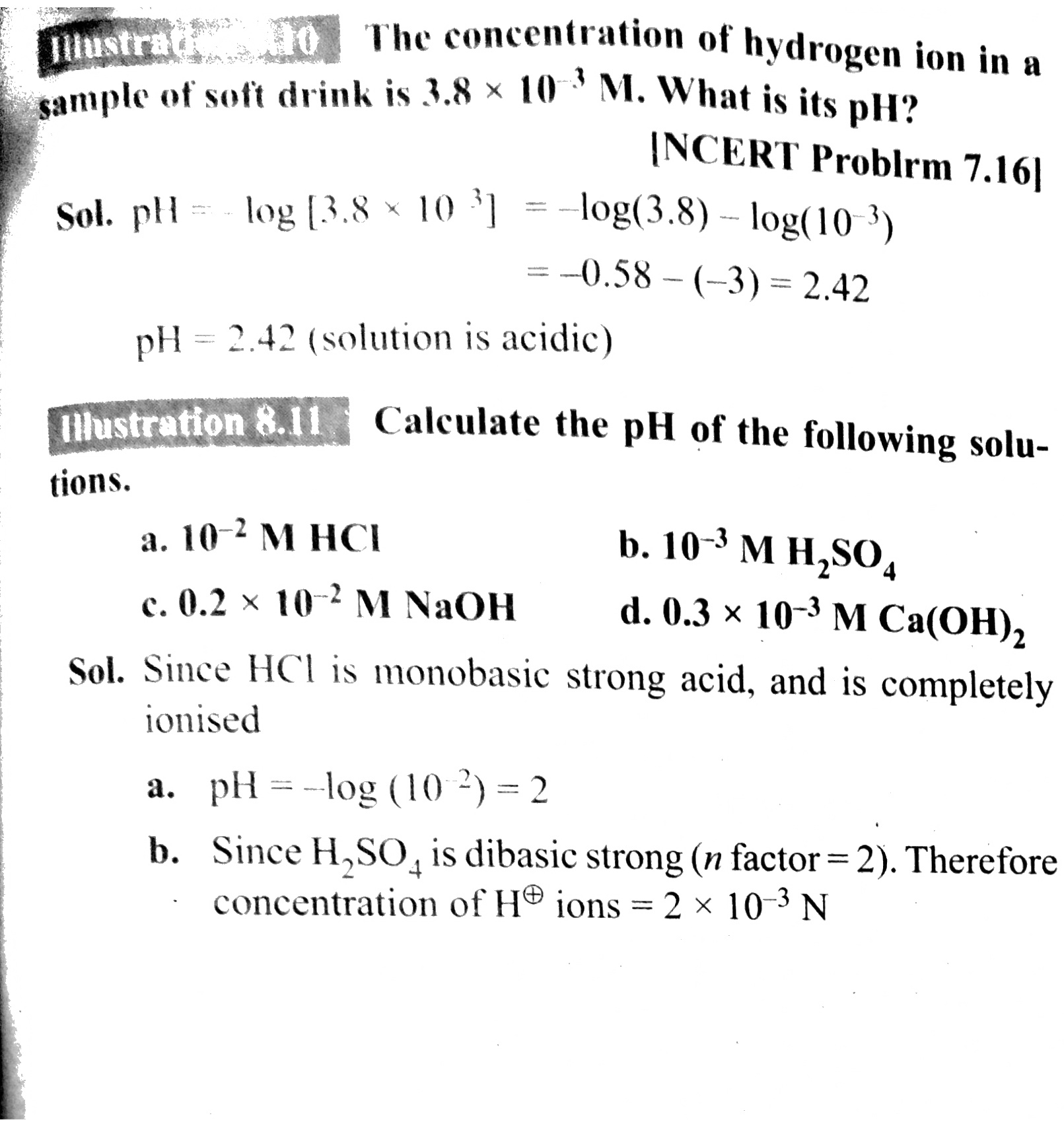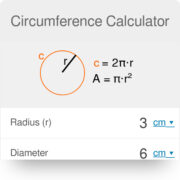Understanding the pH level of a solution is crucial in various fields such as chemistry, biology, and environmental science. It tells us how acidic or basic a substance is. The pH scale ranges from 0 to 14, with 7 being neutral. Anything below 7 is acidic, while above 7 is basic or alkaline. To find out the pH, one might think it requires sophisticated instruments, but it can actually be calculated from the molarity of a solution, which is a measure of the concentration of solutes in a solution. We’ll explore this relationship and provide clear, step-by-step guidance on how to derive pH from molarity.

Calculating pH from Hydrogen Ion Concentration
When we refer to the molarity of hydrogen ions (H+) in a solution, we are dealing with the core component that determines the acidity of a solution. The more hydrogen ions present, the more acidic the solution, leading to a lower pH value.
Steps:
- Identify the concentration of hydrogen ions (H+) in the solution, which is the molarity (M).
- Recognize that the pH is the negative logarithm (base 10) of the hydrogen ion concentration.
- Using a calculator, press the “log” function, input the concentration, and then press the negative (-) to obtain the pH.
- Note down the pH value to the appropriate number of decimal places.
Summary:
This method gives a direct measure of pH and is beneficial due to its simplicity. However, accuracy depends on the precision of the initial concentration measurements.
Understanding pH from Acidic Solutions
Acidic solutions have a pH below 7. Their pH can often be calculated directly from the molarity of the acid, especially if it is strong and fully dissociates in water.
Steps:
- Determine the molarity of the acidic solution.
- For strong acids, assume complete dissociation into hydrogen ions.
- Calculate the pH by taking the negative logarithm of the acid’s molarity.
- Write down the calculated pH.
Summary:
Ideal for strong acids, this approach is straightforward when assuming full dissociation. However, it becomes more complex with weak acids that partially dissociate.
Deriving pH from Basic Solutions
Basic or alkaline solutions have higher pH values (above 7). To find the pH, we often need to start with the molarity of the hydroxide ions (OH^-) present.
Steps:
- Note the molarity of the OH^- ions.
- Calculate the pOH by taking the negative logarithm of the OH^- ion concentration.
- Use the relationship pH + pOH = 14 to find the pH.
- Subtract the pOH from 14 to get the pH value.
Summary:
This method is beneficial for basic solutions and follows a simple mathematical relationship, but like with acids, it assumes complete dissociation which is not always the case.
pH from Neutralization Reactions
When an acid reacts with a base, a neutralization reaction occurs, and the pH of the resulting solution can be identified.
Steps:
- Calculate the resulting concentrations of H+ and OH^- ions after the reaction.
- Determine which ion is in excess to understand the resulting pH.
- Follow the steps outlined previously to calculate the pH based on the excess ion.
Summary:
Neutralization is a practical approach when dealing with reactions, providing insights into final pH but requires understanding of reaction stoichiometry.
Using pH Indicators
Sometimes direct calculation isn’t possible or practical, and pH indicators, which change color at different pH levels, can be used.
Steps:
- Add a few drops of pH indicator to your solution.
- Observe the color change and compare it with a pH chart provided with the indicator.
- Estimate the pH based on the color.
Summary:
While not a calculation, using indicators is an easy and quick method to estimate pH, though it is less precise than mathematical determination.
pH from Serial Dilutions
Diluting a solution can change its pH. Understanding how serial dilutions affect pH can be useful in labs.
Steps:
- Calculate the new molarity after each dilution step.
- Determine the pH after each dilution using the steps for calculating pH from molarity.
- Record how the pH changes with each dilution.
Summary:
This approach helps understand dilution effects but requires careful calculation to maintain accuracy at each step.
pH and Temperature Effects
Temperature can affect the pH of a solution, and it’s essential to consider this when performing calculations.
Steps:
- Understand that pH might change with temperature due to changes in dissociation constants.
- Make calculations at the relevant temperature, if possible using tables or formulas for temperature correction.
- Account for these effects in your final pH calculation.
Summary:
Taking into account temperature leads to more accurate pH readings, but it adds complexity to the calculation process.
Approximating pH for Weak Acids
Weak acids do not dissociate completely, which complicates direct pH calculation from molarity.
Steps:
- Determine the molarity and the acid dissociation constant (Ka) of the weak acid.
- Set up an equation using the Ka and molarity for the dissociation equilibrium.
- Solve the equation for H+ concentration and calculate the pH accordingly.
Summary:
This method is critical for weak acids but involves more complex calculations and some understanding of equilibrium chemistry.
pH from Mixed Solutions
Calculating the pH of solutions made by mixing different solutes requires an understanding of the resulting reactions.
Steps:
- Write down all possible reactions between the mixed substances.
- Calculate the final concentrations of H+ or OH^- ions.
- Calculate the pH as previously described based on the dominant ionic species.
Summary:
Important for real-world applications, this approach takes into account complex reactions but also requires a deep understanding of chemical behavior.
Applying Computer Software
Chemistry-related software can help automate pH calculations from molarity.
Steps:
- Input the relevant data—such as molarity, temperature, and substance information—into the software.
- Follow the software’s guidance to perform the pH calculation.
- Record the pH value given by the software.
Summary:
Software can simplify complex calculations and increase accuracy, but it requires trust in the algorithms used and sometimes financial investment.
In conclusion, calculating pH from molarity is a fundamental skill in chemistry that reveals important information about a solution’s properties. The process can range from a simple logarithmic calculation for strong acids and bases to more involved procedures for weak acids, bases, or mixtures. Temperature and dilution effects, along with computational tools, offer further nuances to the core methods. Through clear explanations and methodical approaches, even those with limited technical expertise can understand and perform these calculations to gain valuable insights into the chemical world.
FAQs:
Q1: Why is it important to calculate pH from molarity?
A1: Calculating pH from molarity helps understand the acidity or basicity of a solution, which is crucial in various chemical processes, biology, medicine, environmental testing, and industrial applications.
Q2: Can I calculate the pH of any solution using the negative logarithm of molarity?
A2: While this is true for strong acids and bases that fully dissociate, it is not always applicable for weak acids and bases or mixtures, where other factors like dissociation constants or reaction stoichiometry must be considered.
Q3: How does temperature affect pH calculations?
A3: Temperature can affect the dissociation constants of acids and bases, leading to variations in pH. Accurate calculations should consider temperature adjustments for precise readings.








